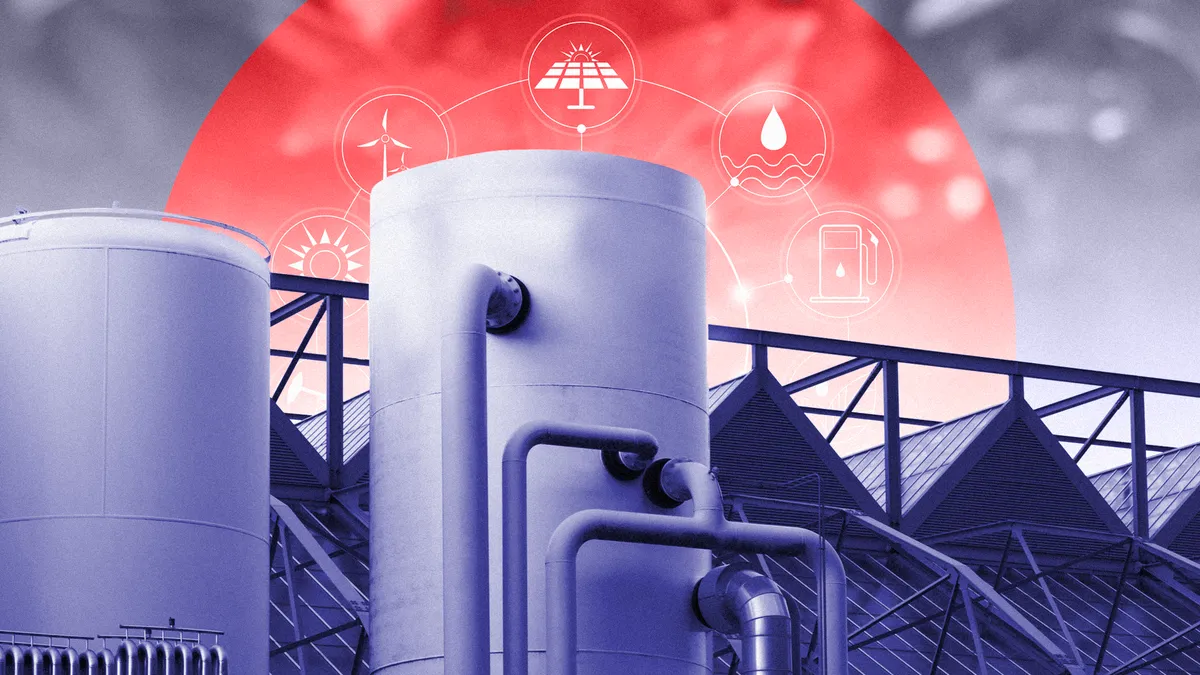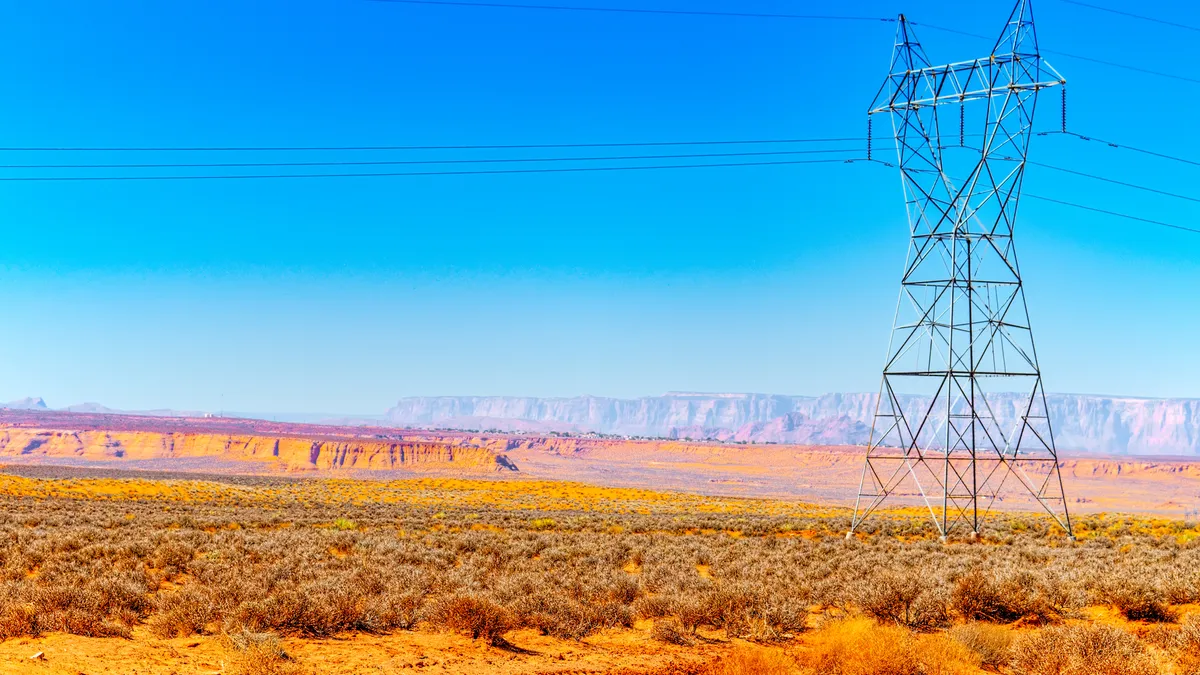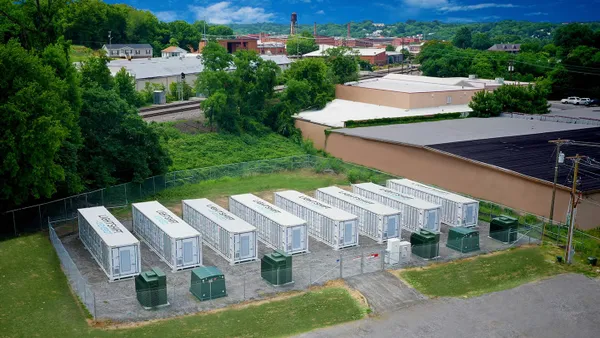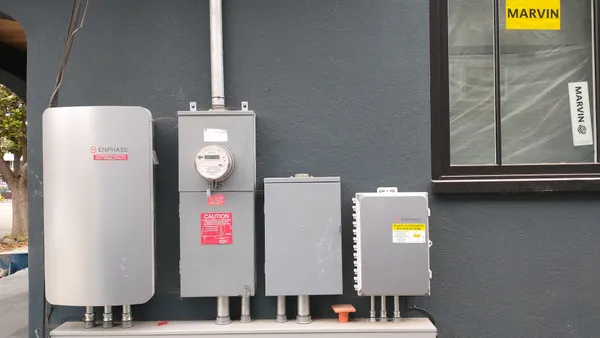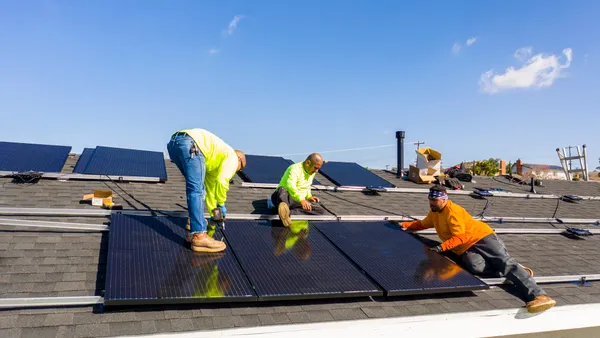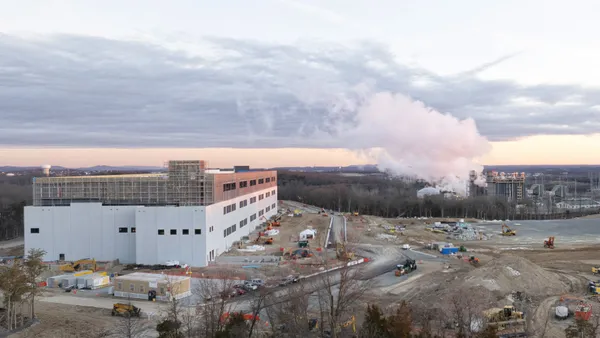Dive Brief:
- The U.S. Department of Energy’s Loan Programs Office has conditionally authorized a $1.76 billion loan guarantee for Hydrostor’s planned 500 MW/4,000 MWh Willow Rock energy storage facility in Southern California, the agency said Wednesday.
- The Toronto-based company’s advanced compressed-air energy storage technology, or A-CAES, will provide up to eight hours of power at maximum discharge while “helping to reduce energy costs, improve grid reliability, and expand the dispatchability of renewable energy” in the southern portion of California Independent System Operator territory, DOE said.
- Hydrostor is in “late-stage permitting” with local and state authorities, said Scott Bolton, Hydrostor’s executive vice president for global policy and regulatory affairs. It aims to begin construction by the end of 2025 and bring the facility online by 2030, he said.
Dive Insight:
It remains to be seen whether Hydrostor and the Loan Programs Office will finalize the loan guarantee by Jan. 20, when President-elect Donald Trump takes office and Republicans gain full control of the federal government.
The Heritage Foundation’s widely-circulated Project 2025 urges the incoming Republican administration to reform or eliminate the Loan Programs Office, among other DOE offices. Some Republican members of Congress advocate abolishing the office as well, though others prefer that it refocus on firm energy sources and still others caution against drastic changes, E&E News reported in December.
“It’s hard to speculate on what the next administration will or will not do, but this is a project that delivers significant benefits to the local community … and should be in alignment with a number of the energy policy goals of the current and future administration,” Bolton said.
The Willow Rock project will benefit from the technology-neutral Section 48E federal tax credit authorized by the Inflation Reduction Act, DOE said.
California may need as much as 37 GW of long-duration energy storage by 2045 if it eliminates all in-state gas-fired generation capacity, the California Energy Commission said in December 2023.
In August, the California Public Utilities Commission announced that it would procure up to 2 GW of long-duration resources for deployment in the early-to-mid-2030s alongside up to 1 GW of geothermal and 7.6 GW of offshore wind.
With a discharge duration of eight hours, the planned system at Willow Rock meets some definitions of long-duration energy storage while falling short of the CPUC solicitation’s 12-hour minimum. Additionally, the project is too far advanced in development to qualify for the solicitation, which aims to spur development of emerging resources with longer lead times, Bolton said.
Willow Rock does qualify for the CPUC Mid-Term Reliability Procurement targeting resources that can come online sooner, Bolton said.
In January 2023, Hydrostor signed a 25-year agreement with Central Coast Community Energy for 200 MW of Willow Rock’s output, the 447,000-member community choice aggregation said at the time. Hydrostor is in “late stages of negotiations with different parties” to contract the remaining 300 MW, Bolton said.
Both Hydrostor’s A-CAES technology and traditional CAES systems use underground caverns to store compressed air, but A-CAES recovers more of the energy put into the system and uses a proprietary thermal storage mechanism to store heat produced by air compression, eliminating the need for fuel combustion during energy recovery, DOE said in its Wednesday announcement.
Additionally, A-CAES caverns are suitable for an estimated 80% of the U.S. subsurface, whereas traditional CAES systems require more specific salt-cavern geology, DOE said.


